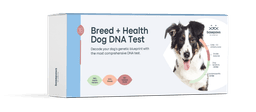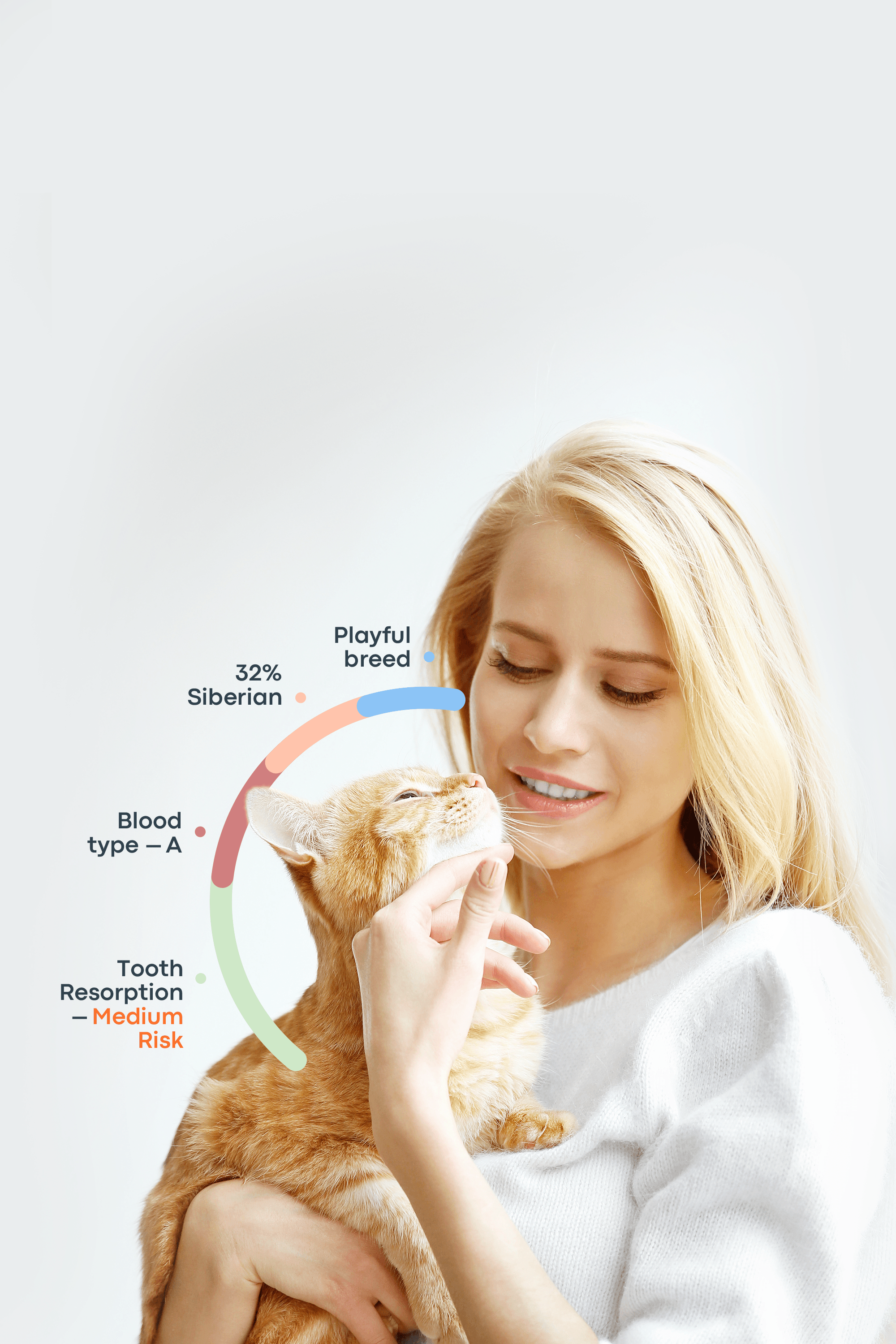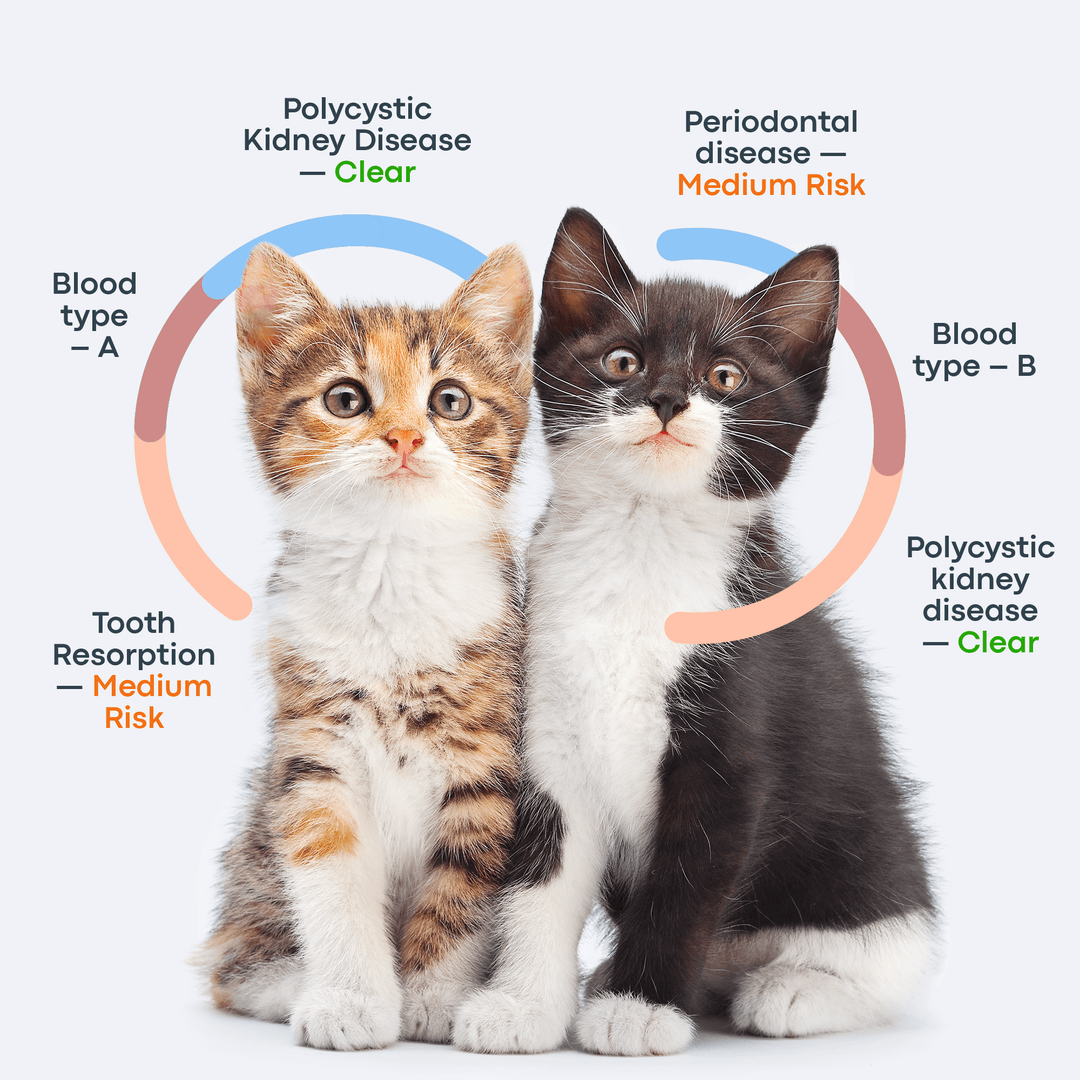If you've ever enjoyed the sweet, tangy goodness of orange and seen your furry friend eyeing it with curiosity, you might have wondered, “Can my dog eat a cutie orange instead of doggie treats?” Yes, dogs can indulge in oranges, but in moderation. Discover the facts about dogs and oranges, including their potential benefits, precautions, and safe ways to introduce this fruit into your pet's diet.
Are Oranges Good for Dogs?
When given in moderation, oranges can make a good treat for dogs. This citrus fruit is packed with vitamins, antioxidants, fiber, and potassium. The various benefits these nutrients provide include:
Potassium is essential for kidney function. It also enhances your dog’s heart, muscle, and digestive health.
Fiber helps dogs maintain a healthy gut, supports colon health, and regulates the bowels while supporting reduced inflammation.
Vitamin C in oranges helps keep skin and the immune system healthy and strong.
While dogs do not need vitamin C supplements because they can synthesize their own, offering a few orange segments when your dog is stressed or ill may help boost their immunity. Moreover, since oranges contain high water content, these citrus fruits can be a hydrating treat for your canine companion.
How Much of an Orange Can Dogs Eat?
When sharing an orange with your pup, remember that moderation is vital. A few small segments of an orange are sufficient. Too much citrus can upset your dog's stomach and lead to diarrhea. The high sugar content in oranges can be problematic for your pup, so it's best to keep the portions in moderate amounts.
The breed and size of your dog also determine how their body reacts to oranges. A large breed like a German Shepherd can have 2 to 3 segments of an orange, and they won’t have any issue, but a smaller breed like a Pomeranian would have an adverse reaction if they ate that amount. Here is a breakdown of how much of an orange your dog can eat according to their breed and size.
Extra-small dogs (2-20 pounds): ¼ segment of an orange. Extra-small dogs include Yorkies and Chihuahuas.
Small dogs (21-30 pounds): ½ orange segment. Small-sized breeds include Basenjis and Beagles.
Medium dogs (31-50 pounds): 1 segment of an orange. The medium-sized breeds include Border Collies and Basset Hounds.
Large dogs (51-90 pounds): 1 to 2 segments of an orange. The breeds include Pitbulls and Labrador Retrievers.
Extra large dogs (91+ pounds): 2 segments of an orange. Newfoundlands and Saint Bernards are some extra-large dog breeds.
Remember, it's essential to monitor your dog's reaction and adjust the portion size accordingly.
Now, you may wonder, “Can my dog eat an orange if it's diabetic?” No, dogs with diabetes should avoid oranges due to their natural sugar content, which can affect blood sugar levels, as PetMD suggests. Also, remove any seeds to prevent choking hazards, and always peel the orange to ensure the skin's oils don't irritate your dog's digestive system.

Can Oranges Be Bad for Dogs?
While oranges can be a healthy treat for your dog, there are some potential drawbacks. The high sugar content in oranges can be problematic, particularly for dogs with diabetes or weight issues.
Note that giving oranges in excess can have serious consequences, such as weight gain and other health concerns. The high acidity in oranges can cause gastric pain in dogs with sensitive stomachs.
So, if you decide to offer an orange treat to your pet, remember to keep the orange peels and seeds far away from them, because the peel is difficult to digest and may cause an intestinal blockage and the essential oils in the peel can irritate their skin.
Also, food allergies can affect dogs just like people. When you start adding oranges to your dog's food, watch for any indications of allergic reactions.
Make sure to look out for the symptoms of an upset stomach, such as vomiting, diarrhea, loss of appetite, and licking their lips if you catch your dog consuming more orange segments than they are allowed to.
Can Dogs Eat Orange Peels?
Can a dog eat an orange peel, you ask? Well, orange peels can be challenging for dogs to digest, and the oils in the skin can cause stomach upset. Ingesting orange peels can lead to gastrointestinal discomfort and pose a choking hazard due to their tough texture. It's best to avoid giving your dog orange peels altogether.
Can Dogs Drink Orange Juice?
Orange juice is not suitable for dogs. Orange juice's high sugar content can make dogs gain weight and develop other health problems. Moreover, the juice's acidity can interfere with their digestion. Stick to serving slices of fresh oranges rather than juice.
How Should I Introduce Oranges to My Dog?
To introduce your dog to oranges, start with a small piece and observe their reaction. Some dogs may love the taste, while others might not be interested. Remember, it's essential to feed oranges in moderation, and if you notice any adverse effects, discontinue this treat. Always peel the oranges and remove any seeds before offering them to your dog.
Safe Ways to Feed Oranges to Dogs
If you want to give this citrus treat to your pup, there are various ways you can serve it.
Prepare as a Food Topper
You can make your own dog food topper. Chop or blend pieces of an orange and mix them with your pup’s regular dog food.
Mix Orange into Yogurt
Mash up the pieces of orange and blend with plain, xylitol-free, and sugar-free yogurt. You can mix other dog-safe fruits into this.
Make Fruit Popsicles
Put orange and yogurt mixture into an ice cube or popsicle tray and freeze them overnight for fruit popsicles your dog will love to devour.
Serve Dehydrated Orange Pieces
Do you know you can even offer dehydrated orange pieces to your dog? But you need to have a dehydrator. Remember to serve these pieces in small portions because the sugar content will be more per ounce now.
Make Fruit Smoothies
Fruit smoothies are also a creative way to introduce oranges to your pup’s diet in small portions; you can do that by blending orange pieces with some other dog-safe fruits, such as apples, blueberries, and strawberries. Serve these smoothies as a food topper or freeze it as a fruit popsicle.
Conclusion
So, can dogs eat oranges? Of course, but in moderation and without the juice or peels. Following the recommendations above, oranges can be a tasty and nutritious addition to your dog's diet.
Frequently Asked Questions
How much orange can a dog eat?
Dogs can eat a few small segments of orange as a treat, but it's crucial to feed them in moderation.
Why can't dogs eat oranges?
Dogs should avoid oranges due to their high sugar content, which can cause weight gain and intestinal difficulties. Dogs should eat oranges in small portions.
Can oranges upset a dog's stomach?
Yes, oranges can upset a dog's stomach, especially if they overeat or have a sensitive digestive system. Monitor your dog for any adverse reactions and discontinue feeding oranges immediately.
What fruit can't dogs eat?
Dogs can safely consume some fruits, but not all fruits are safe. Steer clear of raisins, grapes, and pitted fruits like cherries.
Can a dog eat an orange peel?
It's recommended to avoid giving your dog orange peels because they might be difficult to digest and cause stomach pain. Orange peels may contain pesticides and chemicals posing harm to the animal.
Can a dog eat a cutie orange?
Yes, dogs can eat small, easy-to-peel oranges like clementines or "cuties," but remember to feed them in moderation and remove the seeds.



